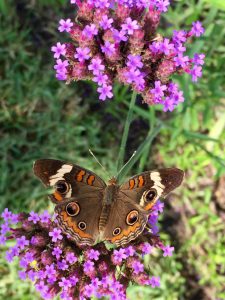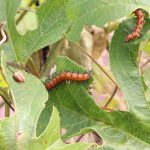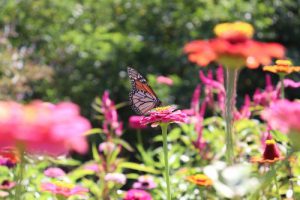 Spring is the perfect time to add color to your landscape. A butterfly garden can accomplish this goal, and here’s what you need to do. First, find out what butterflies live in your area and concentrate on attracting them to your yard. Here is a great resource to use: https://www.floridamuseum.ufl.edu/wildflowers/butterfly-search/.Then, you will need to determine the environment those types of butterflies prefer.
Spring is the perfect time to add color to your landscape. A butterfly garden can accomplish this goal, and here’s what you need to do. First, find out what butterflies live in your area and concentrate on attracting them to your yard. Here is a great resource to use: https://www.floridamuseum.ufl.edu/wildflowers/butterfly-search/.Then, you will need to determine the environment those types of butterflies prefer.
Once you have that information, the following steps will insure a good start to a butterfly garden.
- Provide plants that are good food or nectar sources for the adult butterflies.
- Provide plants that caterpillars like to eat.

- Add other attractants – not all butterflies are exclusively attracted to flowers.
- Supply water – this can be as simple as a lower area in the garden that collects water.
- Provide shelter from wind, rain and predators. Some predators that eat butterflies are small animals, lizards, birds and spiders. Shelter can be provided by planting a variety of shrubs and small trees, not a butterfly box.
- To insure successful transplanting, it is important to water the newly planted garden on a daily basis for the first couple of months.
- Once the garden is established, reduce watering, sit back and enjoy the butterflies!



 0
0

